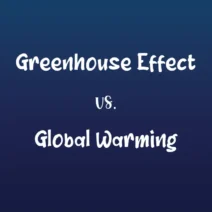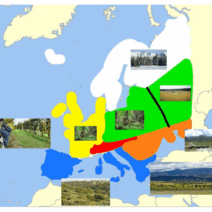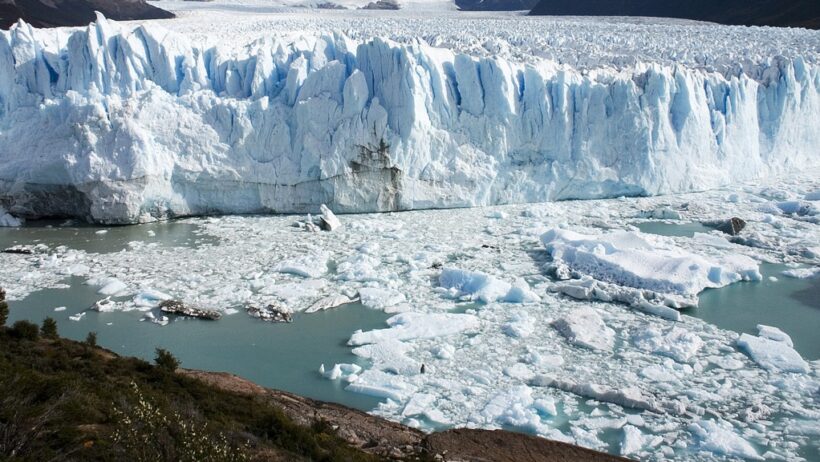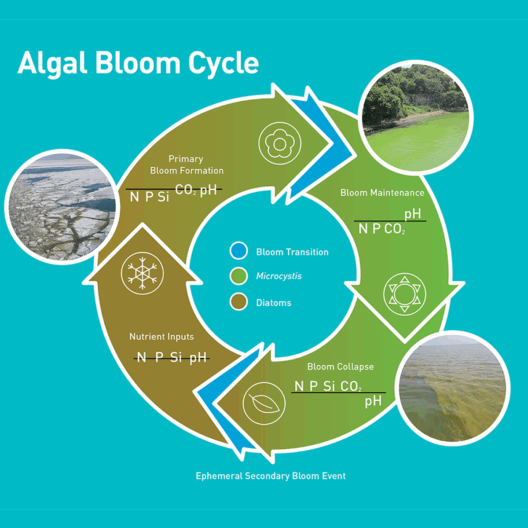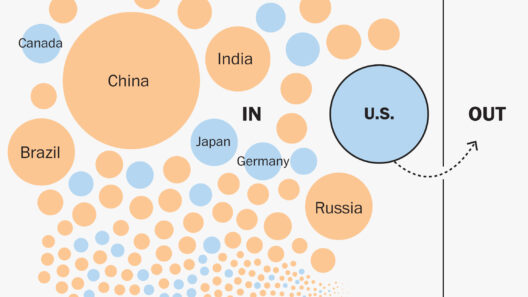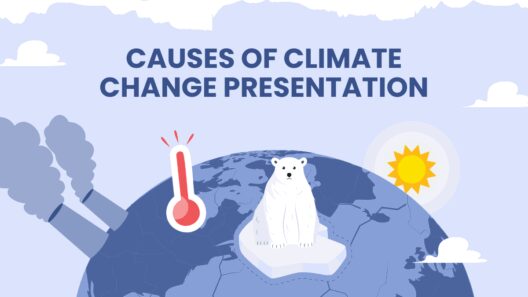When one imagines Alaska, what often springs to mind? Picturesque landscapes filled with towering glaciers, expansive tundras, and frost-laden trees draped in silvery ice. Though these elements are intrinsic to Alaska’s identity, the reality of its climate is far more complex and dynamic than mere ice and snow. So, what climate truly encompasses Alaska? Let’s delve into the multifaceted climate of this remarkable state, exploring its diverse ecosystems, the impacts of climate change, and the challenges that lie ahead.
Alaska is not a monolithic entity. Rather, it boasts an array of climatic zones, each with its own unique characteristics. From the arctic regions in the north to the temperate rainforests in the south, the state experiences vast climatic contrasts. The northernmost regions, dominated by arctic climate, are characterized by long, frigid winters and short, cool summers. Here, temperatures can plummet to extreme lows, creating a world that thrives under perpetual frost.
As one travels south, the climate shifts dramatically. The interior of Alaska experiences a subarctic climate, where temperature variations are pronounced. Winters can be harsh, with temperatures often dipping below zero, while summers can bring surprising warmth, sometimes reaching into the 80s Fahrenheit. This fluctuation fosters a resilient flora and fauna that have adapted to the region’s extreme seasonal differences, illustrating nature’s remarkable ability to endure.
But let’s not overlook the coastal regions. They are graced by a maritime climate, marked by milder temperatures and considerable precipitation, largely due to the influence of the Pacific Ocean. The Gold Coast, with its lush forests and abundant wildlife, illustrates the stunning beauty that arises from this temperate environment. As such, one might wonder: How do these diverse climatic conditions influence the ecosystems and the lifestyle of Alaskans?
The answer is multifaceted. The flora and fauna of Alaska are shaped significantly by its climate. For instance, coniferous forests hug the coastline, while hardy tundra vegetation thrives in the north. This rich biodiversity provides sustenance for countless species, including iconic creatures such as bears, moose, and caribou. As these animals roam their habitats, they weave a delicate web of ecological interdependence that highlights nature’s intricate balance.
Yet, the delicate equilibrium existing in Alaska is under threat. Climate change is a formidable adversary, posing unprecedented challenges to its ecosystems and inhabitants alike. The increasing temperatures in Alaska—twice the global average—have resulted in shifting weather patterns, melting glaciers, and thawing permafrost. This transformation is more than a statistical concern; it poses tangible risks to wildlife, human settlements, and traditional ways of living.
Consider this: as glaciers retreat, the landscapes change, exposing previously inaccessible areas. This phenomenon not only reconfigures the geography but also disrupts habitats. Species such as polar bears and seals, reliant on sea ice for hunting and breeding, find themselves grappling with the implications of a rapidly warming climate. With their habitat dwindling, how long can these creatures sustain their population? This question looms large and reflects the broader implications of climate variability.
Moreover, the thawing permafrost presents another challenge—one that extends beyond the natural world. As the permafrost melts, it releases stored greenhouse gases, contributing further to global climate change. This reaction creates a vicious cycle, further exacerbating the climate crisis. For Alaskans, it manifests as an urgent call to adapt. Coastal erosion threatens communities, while disruptions in traditional hunting and fishing practices challenge indigenous ways of life. What can be done to combat these pressing issues? Are there ways to harness the power of resilience to confront this challenge?
Fortunately, there is hope. Across Alaska, individuals and communities are pioneering innovative strategies to adapt to a changing climate. From sustainable hunting practices to the use of renewable energy sources, a grassroots movement is taking shape, emphasizing resilience and sustainability. Educational programs are empowering younger generations to understand the importance of ecological stewardship. Local knowledge, coupled with scientific research, fosters a comprehensive approach to addressing climate challenges.
In sum, understanding Alaska’s climate transcends mere observations of ice and snow. It invites us to recognize the intricate interplay between diverse ecosystems and the profound impacts of climate change. As change continues to unfold, it challenges not only the wildlife that call Alaska home but also the people who engage with this breathtaking landscape. The road ahead is fraught with challenges, yet it is also rich with opportunities for innovation and adaptation. The question remains: how will Alaska respond, and what can we learn from their journey?
Ultimately, Alaska’s climate story is one of resilience, adaptation, and a reminder of our interconnectedness with nature. One must ponder the potential solutions: how can we, as stewards of this beautiful planet, contribute to creating a sustainable future? As we continue to grapple with these pressing challenges, perhaps the true essence of Alaska lies not just in its ice and snow, but in its ability to inspire us toward action and awareness.
